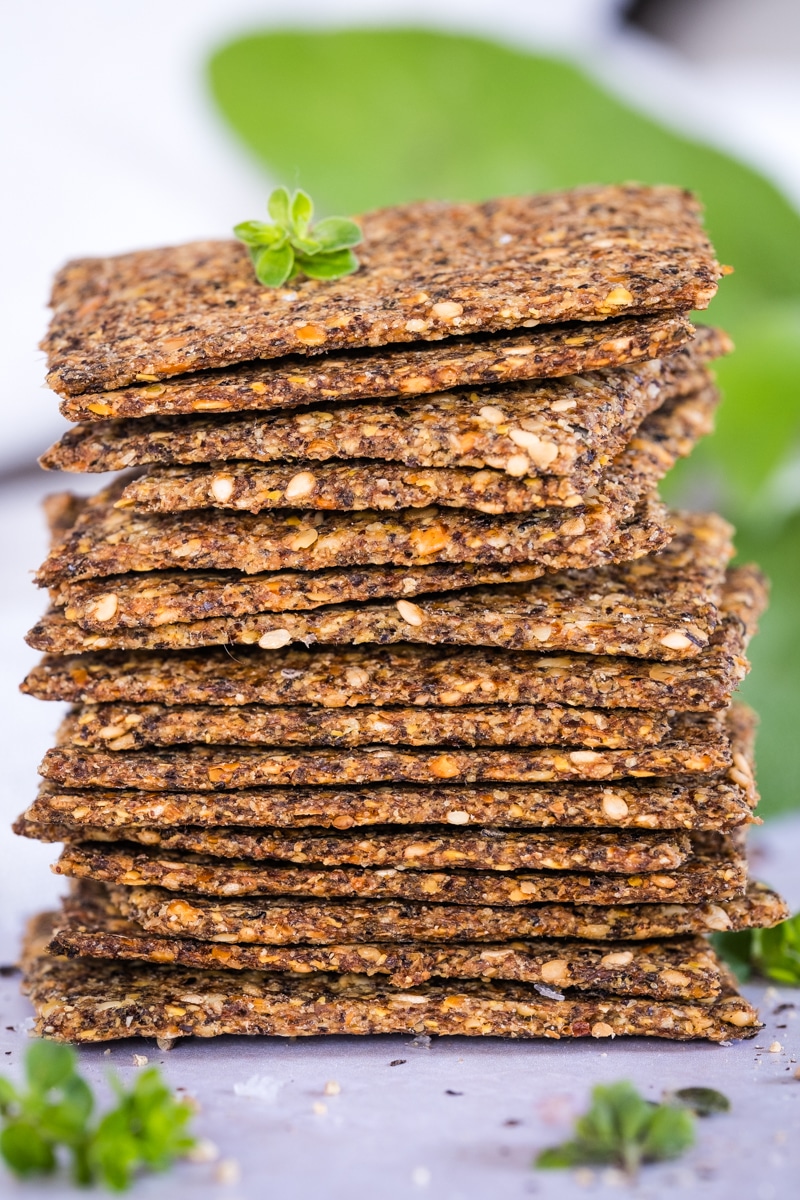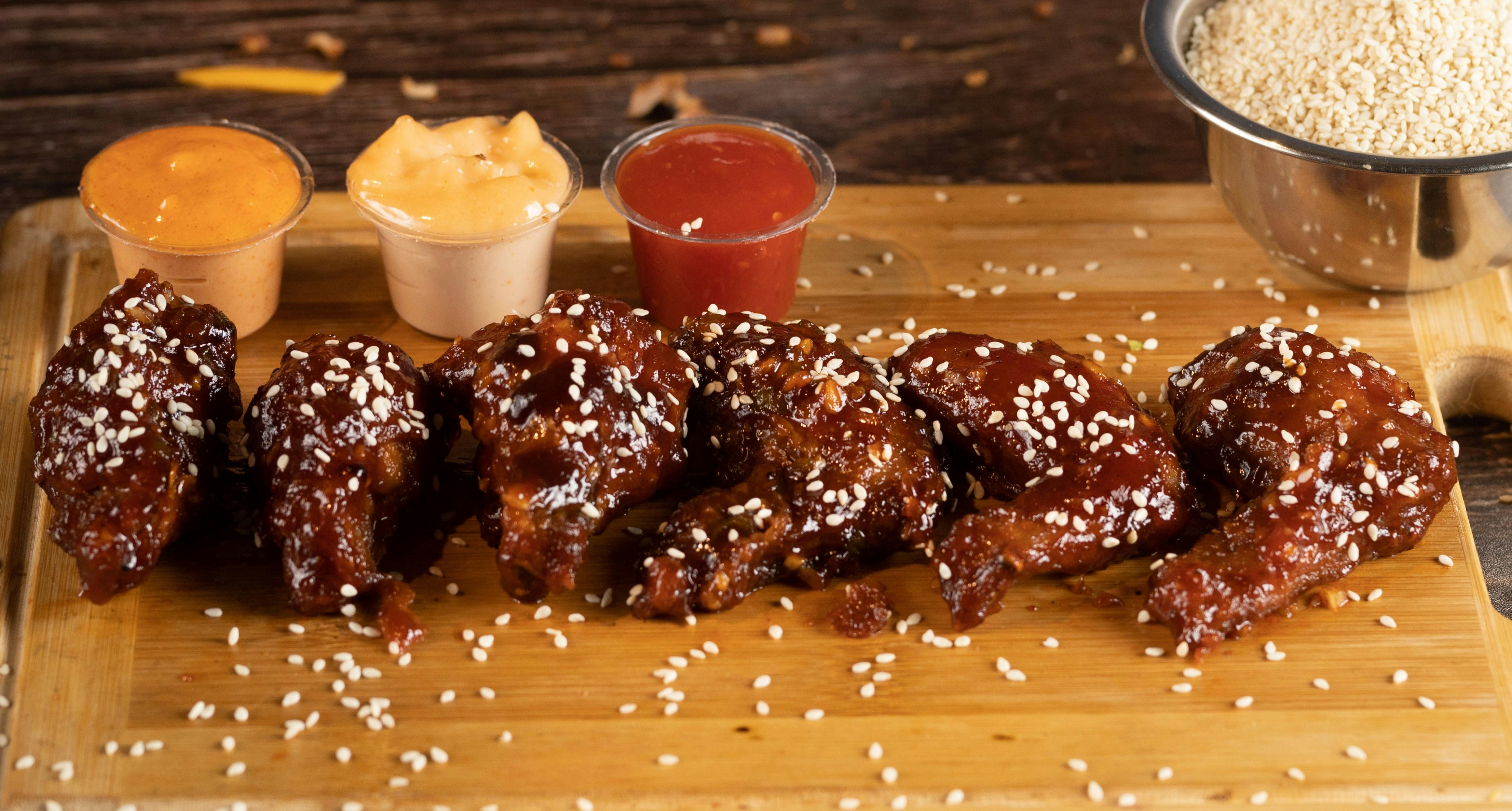
Top 5 Practical Ways to Optimize Your Keto Carnivore Diet in 2025
As the popularity of diets like the keto and carnivore diets continues to grow, many individuals are exploring how to best optimize their meal plans for maximum health benefits. In 2025, understanding the nuances of both the keto diet and the carnivore diet can greatly enhance your experience and results. This article will cover five practical ways to effectively improve your keto carnivore diet, focusing on meal planning, nutrient density, and balancing macronutrients in a way that aligns with your health goals.
Transitioning into a sustainable lifestyle choice, these strategies will not only help with fat loss and muscle gain but will also promote energy levels and cognitive function. Additionally, by honing in on the right protein sources and healthy fats, you can achieve a nutritional balance that supports your body’s needs.
Here's what you can expect to learn in this article:
- Effective meal prep strategies for your ketogenic meal plan.
- How to enhance nutrient density through smart food choices.
- Key aspects of macronutrient balancing for optimal health.
- Importance of meal timing and intermittent fasting.
- Ways to connect with the carnivore community for ideas and support.
By the end of this article, you will have practical tips that can help you thrive on a keto carnivore diet, paving the way for better health and weight management.
1. Meal Prep Strategies for Your Ketogenic Meal Plan
To set yourself up for success on the keto carnivore diet, effective meal prep is crucial. Preparing your meals ahead of time allows for better control over ingredients and portion sizes, ultimately leading to more consistent success in maintaining a calorie deficit.
Creating a Weekly Meal Schedule
Establishing a weekly meal schedule is a great first step in meal prep. Plan out what you'll eat each day, focusing on the key components of a carnivore meal plan which includes animal products like meat, fish, and eggs. For instance, consider incorporating a variety of protein sources: beef, pork, chicken, and seafood. This variety not only prevents dietary boredom but also emphasizes nutrient density.
Batch Cooking and Freezing
Another effective strategy is batch cooking and freezing individual portions of your meals. Preparing large quantities of keto recipes such as soups or casseroles can save you time during the week. When you batch cook, aim for zero carb meals like slow-cooked beef stews or grilled chicken, and freeze them in meal-sized containers. This method simplifies your meal choices and reduces the likelihood of reaching for unhealthy snack options.
Smart Shopping Lists
Your shopping list is an essential tool in meal preparation. By creating a list focused on keto-friendly foods and nutrient-dense options, you can streamline your grocery shopping expeditions. Select items like grass-fed meats, wild-caught fish, and organic eggs, which can provide essential nutrients and bolster your nutritional ketosis. Consider including high-protein snacks as well, such as hard-boiled eggs or jerky, for hunger management.
2. Enhance Nutrient Density in Your Diet
Alongside meal prepping, it’s vital to focus on the nutrient density of your food choices. This aspect is paramount in ensuring that your body receives essential nutrients even when following a restricted diet. 
Prioritize Whole Foods
Opt for unprocessed, whole foods to boost nutrient absorption. By prioritizing foods such as grass-fed beef, pasture-raised eggs, and wild-caught seafood, you're choosing items rich in micronutrients that support overall health while adhering to the low carb guidelines. These foods are not only rich in protein but also provide vital omega fatty acids that improve heart health.
Be Mindful of Dietary Restrictions
Understanding your individual dietary restrictions can aid in tailoring your meal plan. For example, if you notice certain dairy products do not sit well with you, consider replacing them with alternatives. Other nutrient-dense foods might include organ meats, which can deliver an abundance of vitamins and minerals necessary for optimal health. Emphasize the importance of hydration and hydration levels, as good hydration promotes better digestion, which can be essential in adapting to both keto and carnivore frameworks.
Focus on Omega Fatty Acids
Integrating sources of omega-3 fatty acids into your keto meal plan is vital for cognitive function and hormone regulation. Including options such as salmon, mackerel, and sardines can elevate your omega fatty acid intake. Dietary adjustments like these not only contribute to brain health but may also assist in achieving your fat loss and muscle gain goals.
3. Key Aspects of Macronutrient Balancing
The balance of macronutrients is integral to any successful diet, particularly when navigating the specialized nutrition required by the keto and carnivore styles. Understanding keto macronutrients and carnivore macronutrients helps in creating a diet that supports the metabolic state conducive to fat loss.
Understanding Your Ideal Macronutrient Ratios
The typical macronutrient distribution for a keto diet varies, with general guidelines suggesting that about 70-75% of your daily calories should come from fats, 20-25% from protein, and 5-10% from carbohydrates. However, this may differ when pivoting into a more carnivorous dietary route, where understanding grams of protein versus fats becomes essential. Trial and error with measurements can help fine-tune these parameters.
Utilizing Tracking Tools
Employing tracking tools can assist in managing your macronutrient intake effectively. Apps such as MyFitnessPal or Cronometer can help you visualize your daily consumption and adjust as necessary to ensure you're adhering to your targeted ratios. Tracking will also allow for the identification of potential gaps in nutrient intake, ensuring you are fully fueling your body for muscle gain and optimum energy levels.
Adjustments Based on Activity Levels
Your activity levels should dictate how you balance macronutrients. If you lead an active lifestyle, you may need to increase your protein intake to support muscle repair and growth. Conversely, those who are more sedentary may opt for lower protein and higher fat to enhance energy efficiency. Making these adjustments accordingly ensures that your diet aligns with your lifestyle choices.
4. Importance of Meal Timing and Intermittent Fasting
Meal timing and intermittent fasting have gained traction as effective tools for enhancing fat loss and metabolism in both carnivores and those on a keto diet. Understanding how to implement these strategies can significantly maximize health results. 
Implementing Intermittent Fasting
Intermittent fasting is a great way to align with a low carb diet, as it naturally reduces calorie intake and can elevate hormone regulation. By allowing yourself defined eating windows, say an 8-hour eating window with a 16-hour fast, it not only makes it easier to maintain a calorie deficit but also taps into the body’s fat adaptation capabilities.
Meal Timing for Optimal Energy Levels
Strategizing the timing of your meals can significantly influence your energy levels and cravings throughout the day. Aim to consume your meals when you feel hungriest. This not only utilizes your body’s natural appetite signaling but can aid in appetite control and satisfaction levels. Balancing your meals around your physical activity is also beneficial, as consuming protein-rich meals post-workout can enhance muscle recovery.
Listening to Your Body's Signals
It is essential to listen to your body's signals while navigating meal frequency. Some may thrive on multiple smaller meals throughout the day, while others may find success with fewer, larger meals. Experimenting with meal timing can not only improve nutrient absorption but also enhance overall well-being, aligning with your personal dietary preferences.
5. Connecting with the Carnivore Community
Finally, one of the greatest assets to succeeding on a keto carnivore diet is connecting with the wider carnivore community. Engaging with like-minded individuals allows for sharing tips, recipes, and encouragement.
Utilizing Online Platforms for Support
Many online platforms such as forums and social media groups focus on the carnivore lifestyle. Participating in these groups can provide insights into effective strategies for meal planning, cooking methods, and how to navigate social situations. Don’t hesitate to share your experiences and ask questions; the support system can enhance your diet journey significantly.
Incorporating New Recipe Ideas
New recipe ideas from the carnivore community can invigorate your meal planning. Whether it’s unique take on traditional recipes or entirely new culinary creations, expanding your recipe arsenal can keep you excited and motivated on your dietary journey. Look for options that fit your macronutrient targets while exploring how you can incorporate seasonal and local meats into your meals.
Experiencing Health Benefits Together
Sharing health outcomes within the community is empowering. As you progress on your diet, sharing your results with others can instill a sense of accomplishment while also encouraging those who may be struggling. The collective journey towards better health and sustainable diets is one of the best aspects of the carnivore community.
Q&A Section
Q1: What are the main benefits of the keto carnivore diet?
The keto carnivore diet mainly promotes significant fat loss, muscle gain, and increased energy levels. By emphasizing animal products, adherents also benefit from nutrient density and easy satiety.
Q2: How can I effectively start meal prepping for this diet?
To start, create a weekly meal schedule, focus on batch cooking, and develop a smart shopping list that prioritizes your preferred protein sources and healthy fats.
Q3: Is intermittent fasting necessary on the keto carnivore diet?
While not necessary, many find intermittent fasting helpful in managing hunger and maintaining a calorie deficit. It can also enhance the body’s fat adaptation process.
Q4: How can I ensure I’m getting all essential nutrients?
Focusing on nutrient-dense animal products, being aware of dietary restrictions, and engaging with the community for recipe ideas can keep your meals well-rounded and nutritious.
Q5: Where can I find more information about the keto and carnivore diets?
Websites like Keto Life and Keto Resources offer valuable insights, recipes, and community support for those interested in optimizing their diets.